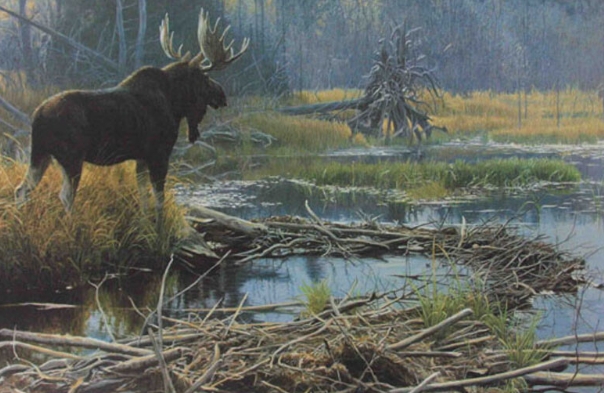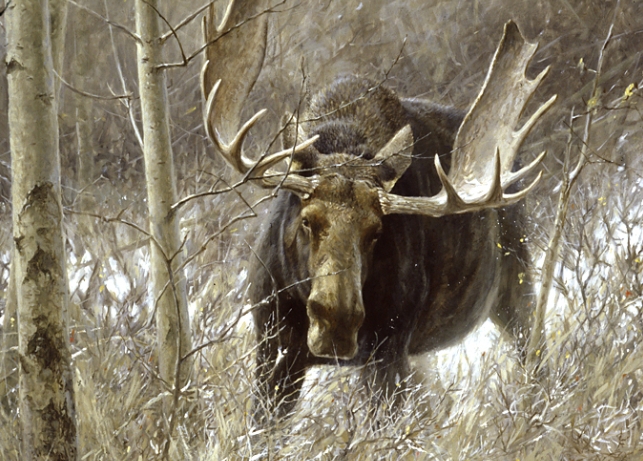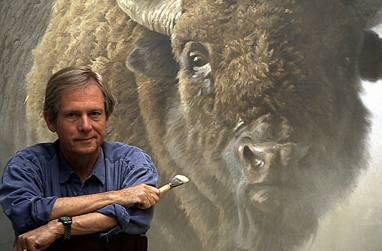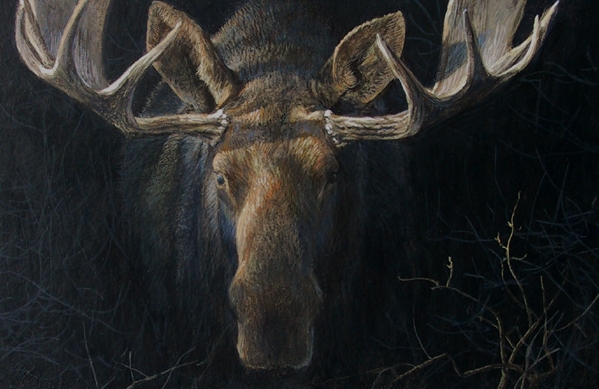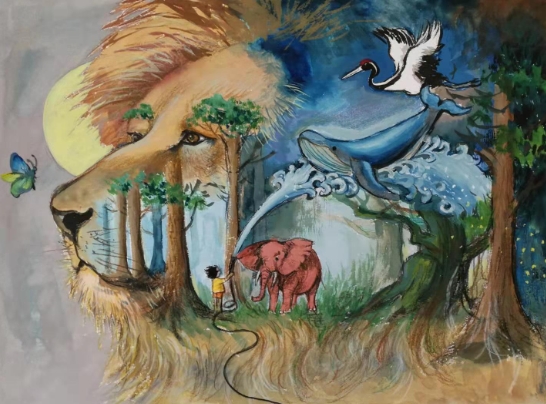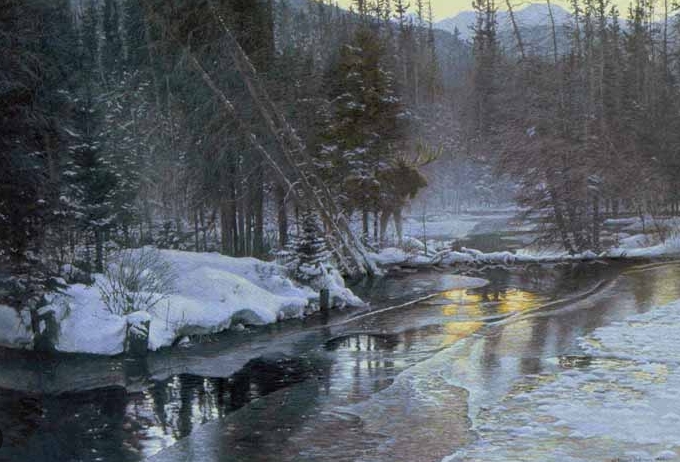Robert Bateman’s Moose Painting: A Journey into Nature’s Majesty
Robert Bateman is a name synonymous with wildlife art, a field where he has made a profound impact through his stunning depictions of animals in their natural habitats. His moose paintings particularly resonate with enthusiasts due to their blend of realism and a deep appreciation for nature. This blog post explores Bateman’s moose artwork, his artistic approach, and the wider implications of wildlife art in conservation efforts.
Understanding Robert Bateman’s Artistic Style
Robert Bateman’s artistic style is characterized by meticulous attention to detail and vibrant realism. His moose paintings capture the grandeur and majesty of these imposing creatures, often set against richly textured landscapes. Bateman uses various mediums, including oil and acrylic, to evoke the true colors and textures of moose fur and surrounding foliage. This dedication to realism not only showcases his technical skill but also serves to create an emotional connection between the viewer and the subject. By presenting moose in their natural habitats, Bateman emphasizes the beauty of wildlife and the importance of preserving such environments.
The Themes Behind Bateman’s Moose Art
In Bateman’s moose paintings, themes of solitude, resilience, and the interconnectedness of nature come to life. A solitary moose often symbolizes strength and independence, reflecting how these majestic animals thrive in the wilderness. Bateman’s focus on these themes encourages viewers to ponder their relationship with nature and the need for conservation. The moose, frequently portrayed in serene, undisturbed landscapes, serves as a powerful reminder of the fragile balance between wildlife and human activity. By creating awareness through art, Bateman advocates for environmental stewardship, inspiring others to appreciate and protect natural habitats.
The Impact of Wildlife Art in Conservation Efforts
Wildlife art plays a significant role in conservation efforts, acting as a visual language that conveys important messages about the environment. Bateman’s moose paintings, along with his other wildlife work, draw attention to the beauty of the natural world, thereby fostering an emotional connection that can lead to action. Many organizations leverage art as a means to raise awareness and funds for conservation projects. Bateman himself has supported various environmental campaigns, illustrating how art can motivate individuals to become involved in protecting wildlife. By immersing audiences in the richness of nature, Bateman’s work serves as a catalyst for change, emphasizing the importance of preserving our planet’s biodiversity.
In Conclusion
Robert Bateman’s moose paintings are not just visually captivating; they hold significant meaning that extends beyond the canvas. His work inspires appreciation for wildlife and the natural world, prompting viewers to reflect on their role in conservation. If you find yourself captivated by the beauty of nature through art, consider exploring more of Bateman’s work or getting involved in local conservation initiatives. Every little bit helps in the ongoing effort to protect our planet and its magnificent wildlife.

